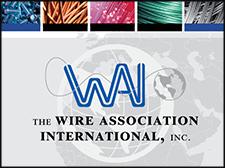Kuka Showcases Robotic Demos at TechCenter Grand Opening
Stanley Black & Decker To Open Advanced Manufacturing Center of Excellence in Downtown Hartford
The Industrial IoT Risks You Must Not Ignore in 2018
What We Can Learn From the Second Life of Google Glass
SCADAfence Secures $10 Million in Funding to Protect Smart Manufacturing and Critical Infrastructure Networks from Cyber Attacks
Emerson sweetens bid for Rockwell Automation to $29 billion
Can US Boost Manufacturing 25% By 2025?
Test Drive Watson IoT in Factory Simulation
Britain must embrace 'Industry 4.0' as robots can create thousands of jobs, says report
Rockwell Automation Invests in Artificial Intelligence (AI) for Industrial Automation
The Rockwell Automation Bidding Starts at $27 Billion
Webalo Launches No-Code App Generation Platform for IIoT
Veo Robotics raises $12 million to help machines and humans collaborate more efficiently
Apple and GE just put iOS inside Industry 4.0
DowDuPont's Andrew Liveris: How America Can Bring Back Manufacturing
Records 481 to 495 of 665
First | Previous | Next | Last
Automation & IIoT - Featured Product

